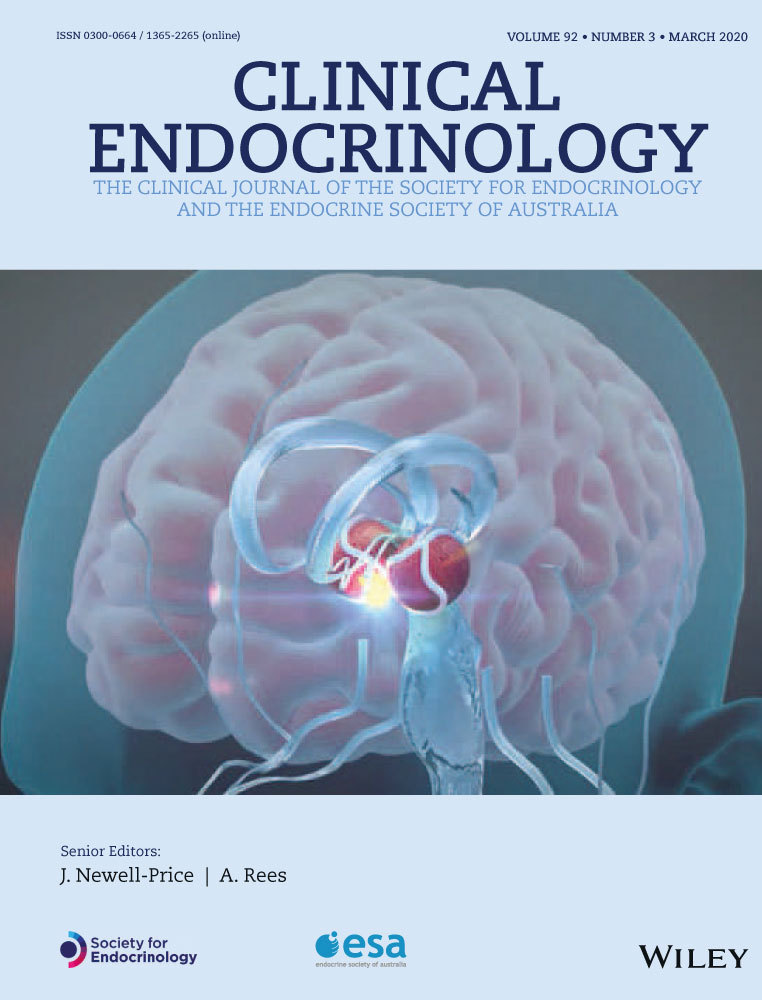Use of peripheral plasma aldosterone concentration and response to ACTH during simultaneous bilateral adrenal veins sampling to predict the source of aldosterone secretion in primary aldosteronism
Abstract
Context
Previous studies suggested that plasma aldosterone (PAC) response to ACTH stimulation could predict the subtypes of primary aldosteronism (PA) and avoid adrenal venous sampling (AVS).
Objective
Assess the usefulness of peripheral (P) PAC response to ACTH stimulation during AVS to identify the source of aldosterone in patients with PA.
Methods
Two hundred and fifteen patients were assigned to four different lateralization ratio (LR) groups based on different combinations of basal (≥ or <2) and post-ACTH LR (≥ or <4). The P vein parameters analysed included as follows: mean basal PAC, maximal PAC (PACmax), and PAC/C ratio (PACmax/C), PAC absolute increase, PAC relative increase following ACTH bolus (250 mcg IV) and maximal variation of PAC/C ratio between post-ACTH and basal measures.
Results
Mean basal PAC was significantly higher in group 1 (basal LR > 2 and post-ACTH > 4) than in group 2 (basal LR > 2, post-ACTH < 4) or group 4 (basal LR < 2 post-ACTH < 4) (P < .001). PACmax, PACmax/C and PAC absolute increase following ACTH were higher in group 1 than the others (P < .017). Using receiver operating characteristic (ROC) curves analysis of groups 1 and 4, best AUC were obtained with mean basal PAC (AUC: 0.757 95% IC: 0.653-0.861), PACmax (AUC: 0.753 95% IC: 0.646-0.860) and PACmax/C (AUC: 0.750 95% IC: 0.646-0.853).
Conclusion
P mean basal PAC and PACmax and PACmax/C are higher in basal and ACTH lateralized PA than in other groups. Peripheral PAC cut-off values fail to adequately distinguish all groups and cannot replace the requirement to conduct AVS.
CONFLICT OF INTEREST
There are no conflicts of interest to disclose.
Open Research
DATA AVAILABILITY STATEMENT
The data that support the findings of this study are available from the corresponding author upon reasonable request.




